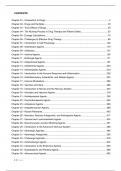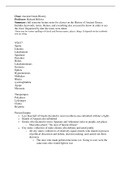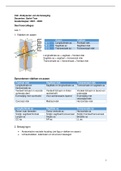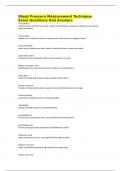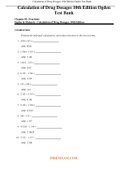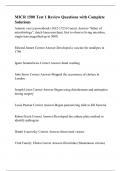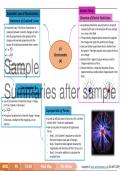Exam (elaborations)
Test Bank Focus on Nursing Pharmacology 8th Edition Karch
- Course
- Institution
Test Bank Focus on Nursing Pharmacology 8th Edition KarchCONTENTS Chapter 01 - Introduction to Drugs .................................................................................................... 2 Chapter 02 - Drugs and the Body .................................................................
[Show more]
